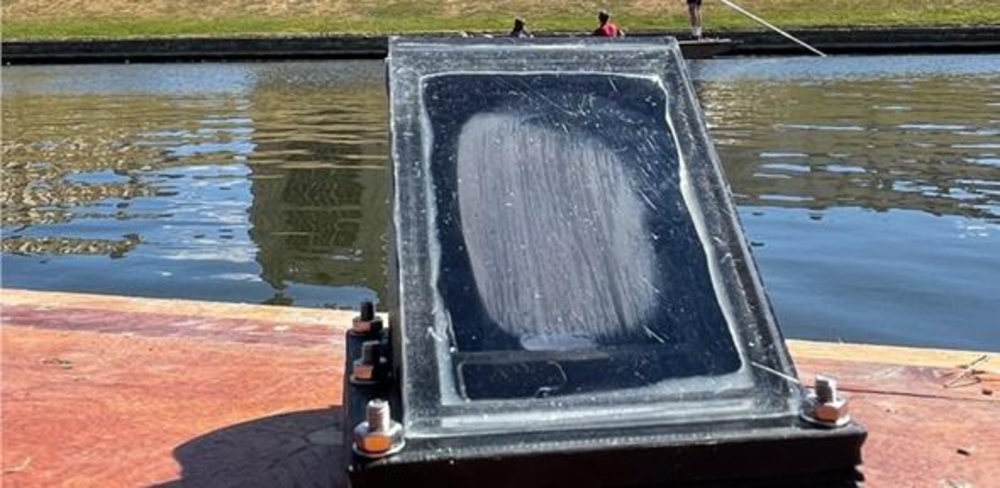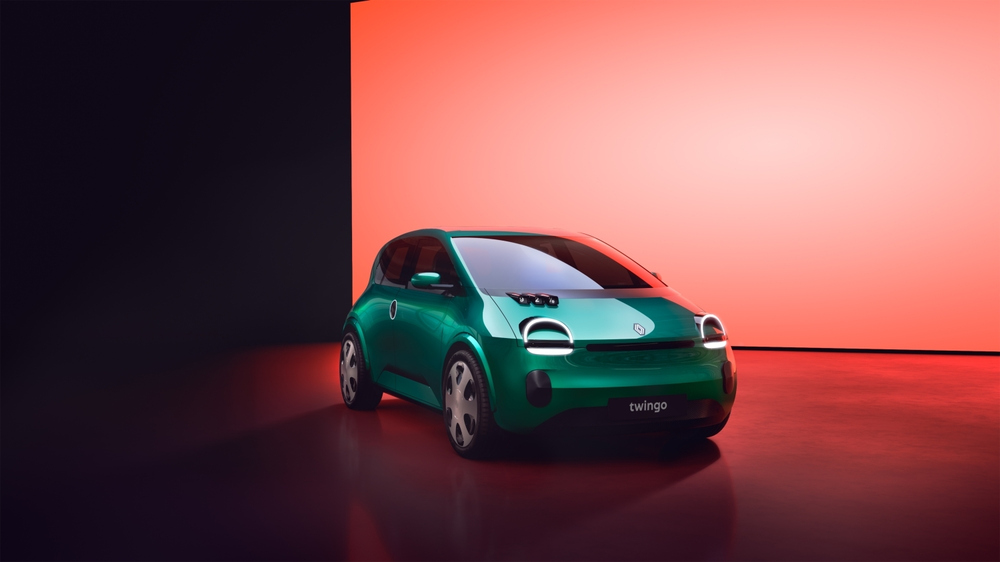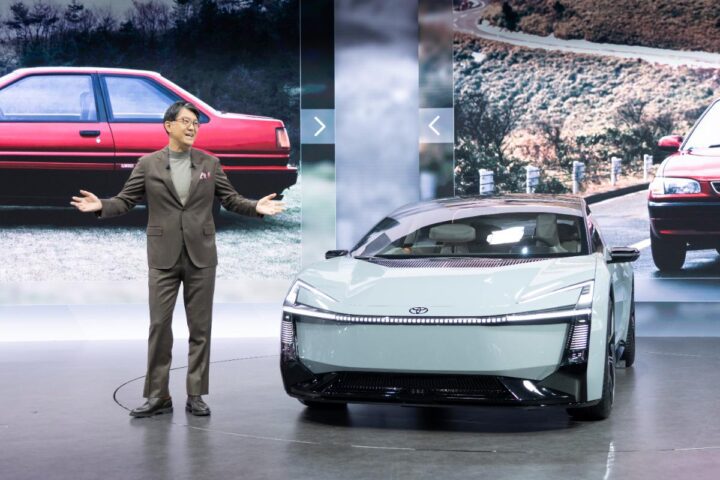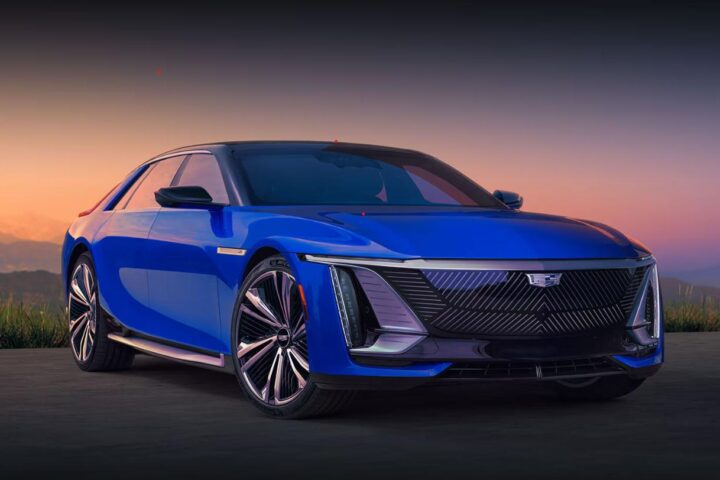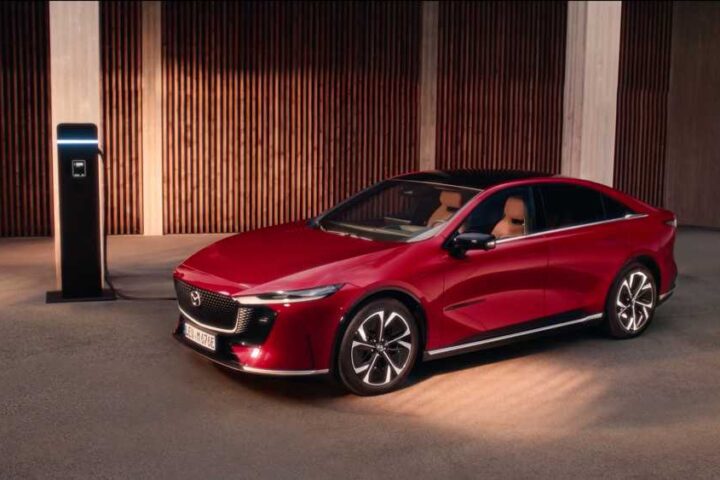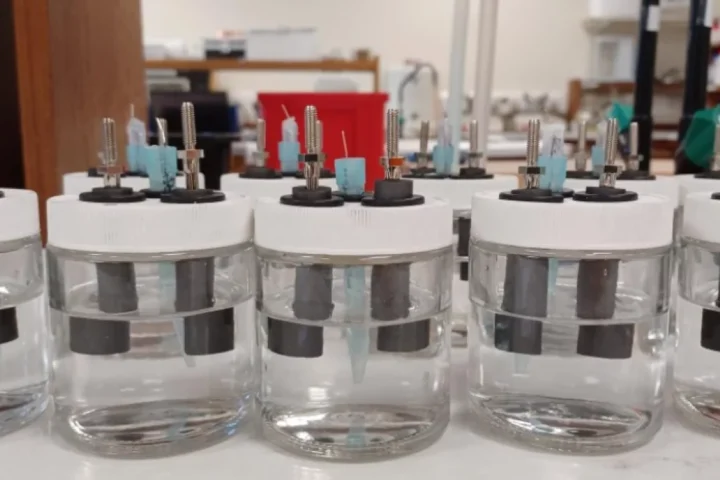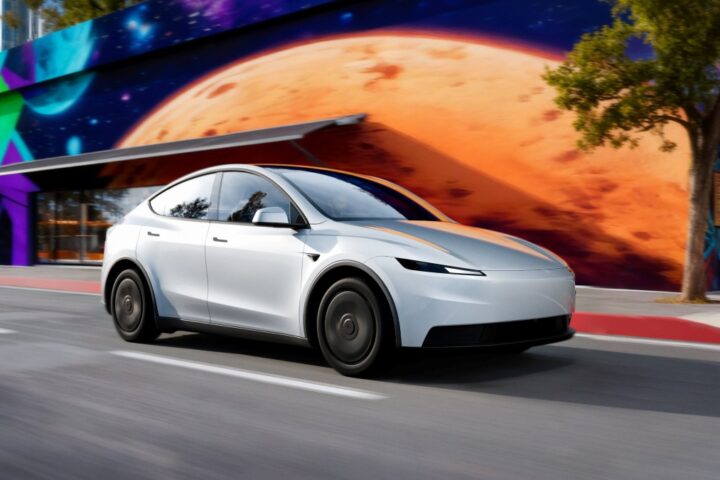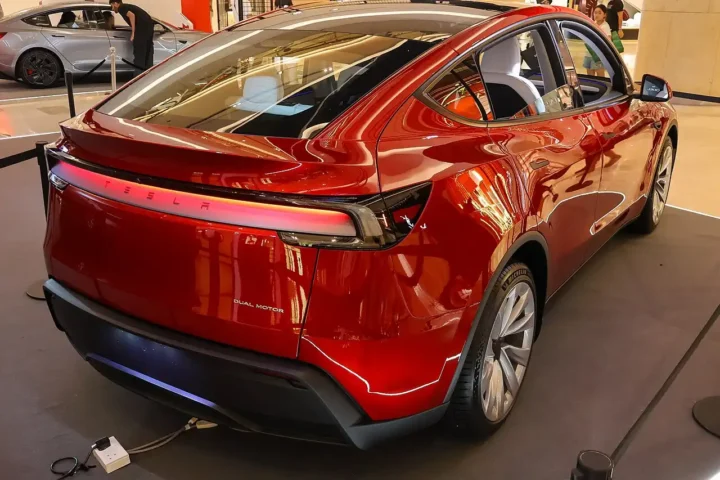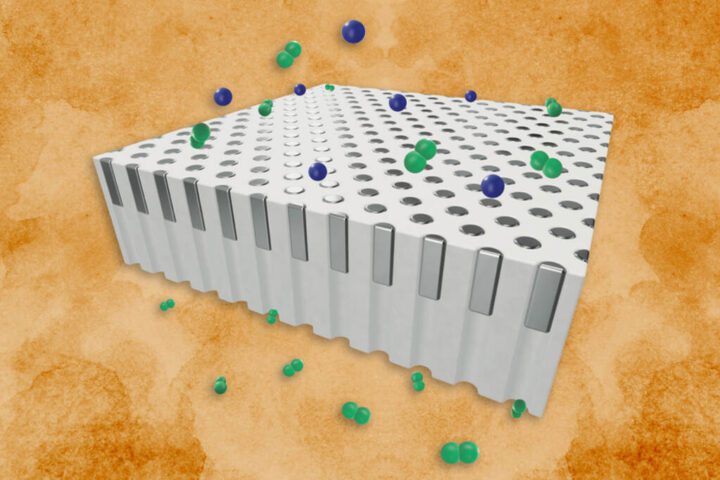In a world grappling with environmental crises and resource scarcity, a revolutionary innovation emerges from the University of Cambridge. Researchers have developed a floating, solar-powered device that remarkably turns contaminated or seawater into clean hydrogen fuel and purified water, a beacon of hope in resource-limited or off-grid environments.
The Science of Mimicking Nature
Drawing inspiration from photosynthesis, the process by which plants convert sunlight into food, the Reisner Lab has engineered a series of artificial leaves. These aren’t your ordinary foliage replicas; they’re sophisticated devices capable of operating in polluted or seawater sources to produce clean drinking water alongside green hydrogen fuel. This dual-functionality, tested successfully in various water conditions including the River Cam, marks a significant stride in sustainable technology.
The Challenge of Integration
Dr. Chanon Pornrungroj, the paper’s co-lead author, and PhD student Ariffin Mohamad Annuar, the other co-lead, articulate the complexity of merging solar fuel production with water purification. Traditional solar-driven water splitting, which breaks down water molecules into hydrogen and oxygen, demands pure water to avoid catalyst poisoning or undesired chemical reactions. However, this device transcends such constraints, capable of functioning in contaminated water, thus addressing two critical issues simultaneously – clean fuel production and potable water provision.
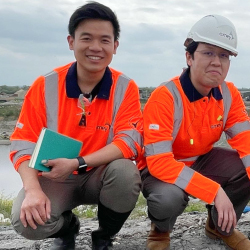
“Bringing together solar fuels production and water purification in a single device is tricky. Solar-driven water splitting, where water molecules are broken down into hydrogen and oxygen, need to start with totally pure water because any contaminants can poison the catalyst or cause unwanted chemical side-reactions.”
– Dr Chanon Pornrungroj, the Paper’s Co-lead Author
Innovative Design and Broader Impacts
The device’s design features a photocatalyst on a nanostructured carbon mesh, absorbing light and heat to generate the water vapor needed for hydrogen production. The mesh’s water-repellent nature aids in floating and keeps contaminants at bay, ensuring efficiency. Moreover, by utilizing more of the solar spectrum, the device optimizes light use, akin to a leaf’s transpiration process, enhancing its environmental friendliness and efficacy.
Similiar posts
This innovation holds immense potential in tackling the energy and water crises. For instance, replacing ‘dirty’ fuels like kerosene with green hydrogen for cooking could drastically reduce the over three million annual deaths attributed to indoor air pollution. Furthermore, it addresses the plight of the 1.8 billion people lacking safe drinking water. The device’s simple yet adaptable design ensures its effectiveness in a variety of water conditions, including turbid environments.
Looking Ahead: A Sustainable Future
The device, while still in its proof-of-concept stage, paves the way towards a sustainable, circular economy. Erwin Reisner, who led the research, emphasizes its potential in concurrently tackling the climate crisis, pollution, and health-related issues. Funded by various organizations, including the European Commission’s Horizon 2020 programme and the Winton Programme for the Physics of Sustainability, this research demonstrates a commitment to a future where technology and ecology harmoniously coexist.
“In remote or developing regions, where clean water is relatively scarce and the infrastructure necessary for water purification is not readily available, water splitting is extremely difficult. A device that could work using contaminated water could solve two problems at once: it could split water to make clean fuel, and it could make clean drinking water.”
– Ariffin Mohamad Annuar Co-lead Author and Second-Year PhD Student, University Of Cambridge
Could it bea Dawn of a New Era?
The solar-powered device developed at the University of Cambridge is not just a technological marvel; it is a testament to human ingenuity and our relentless pursuit of solutions to some of the most daunting challenges of our times. “The light-driven process for making solar fuels only uses a small portion of the solar spectrum – there’s a whole lot of the spectrum that goes unused,” added Mohamad Annuar. As we reflect on its capabilities and future potential, we are reminded of our collective responsibility and capability to foster a world where clean water and energy are accessible to all, paving the way for a brighter, more sustainable future.
